Apple devices are known for their high levels of security.
If you’re worried about tracking, hacking, or malware, buying an Apple product is supposed to keep you safe from these threats.
But what is it that makes Apple products different? Are they actually better designed? Or is just a side effect of better marketing? Here are five things about Apple devices that make them more secure.
1. A Closed Ecosystem
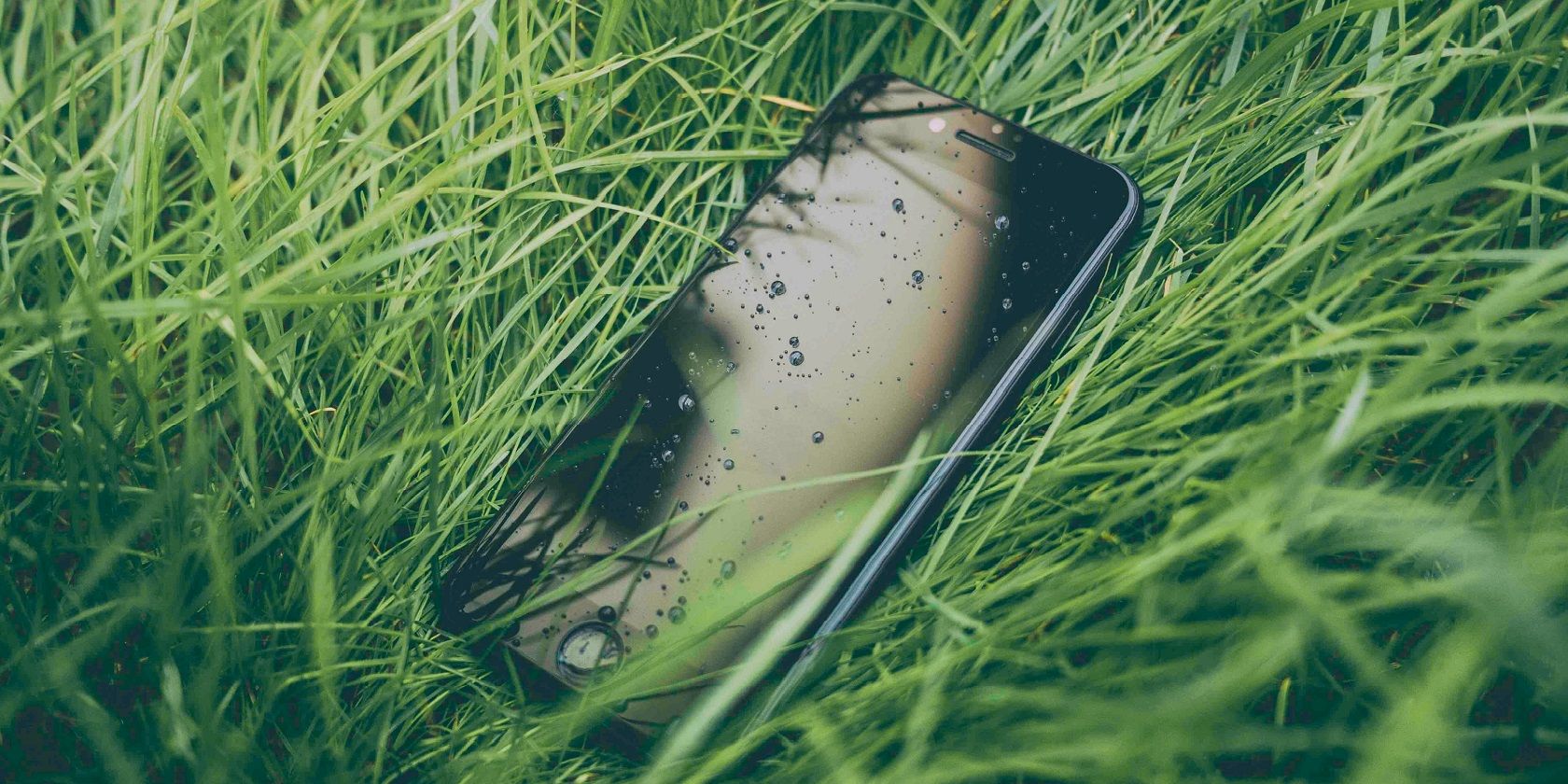
Apple products are all part of closed ecosystem. This means that Apple has control of everything from the hardware to the software. .
Not everybody likes this and it’s certainly not always convenient. But it has some definite benefits in terms of security.
For a start, Apple users are basically forced to only download apps from the App Store. This largely prevents the side loading of apps which can potentially contain malware.
When you buy an Apple device, you are also getting a clean copy of iOS, nothing more.
Android devices, on the other hand, tend to all have slightly different operating systems with various tweaks depending on the manufacturer.
This can be beneficial in terms of usability. But it can also lead to minor security vulnerabilities being out found about too late.
2. Regular Updates
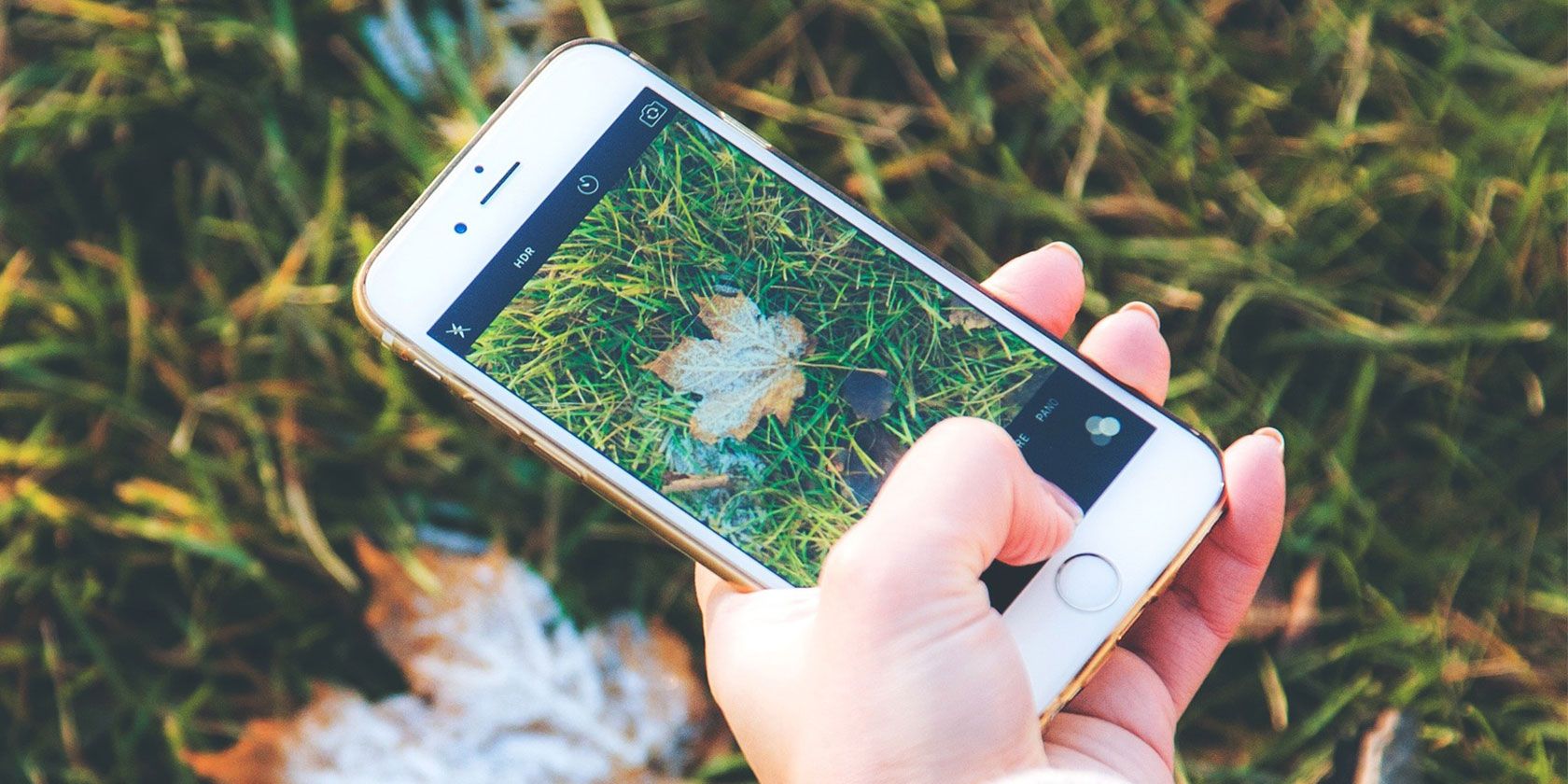
Apple devices are much more likely to be updated than their Android counterparts.
When Apple releases a new version of its operating system, all Apple users, at least those with relatively new devices, are given the option to have it installed.
In just over six months, iOS 14 had been installed on over 90 percent of devices.
Due to its open nature, Android does things a little differently.
Instead, when an update is released, it’s up to phone manufacturers and even data carriers to ensure that their customers gain access to a copy.
This doesn’t always work out very well.
Android 11 was released at roughly the same time at iOS 14, but estimates suggest that just 25 percent of Android smartphones were using it within six months of release.
3. App Store Regulations
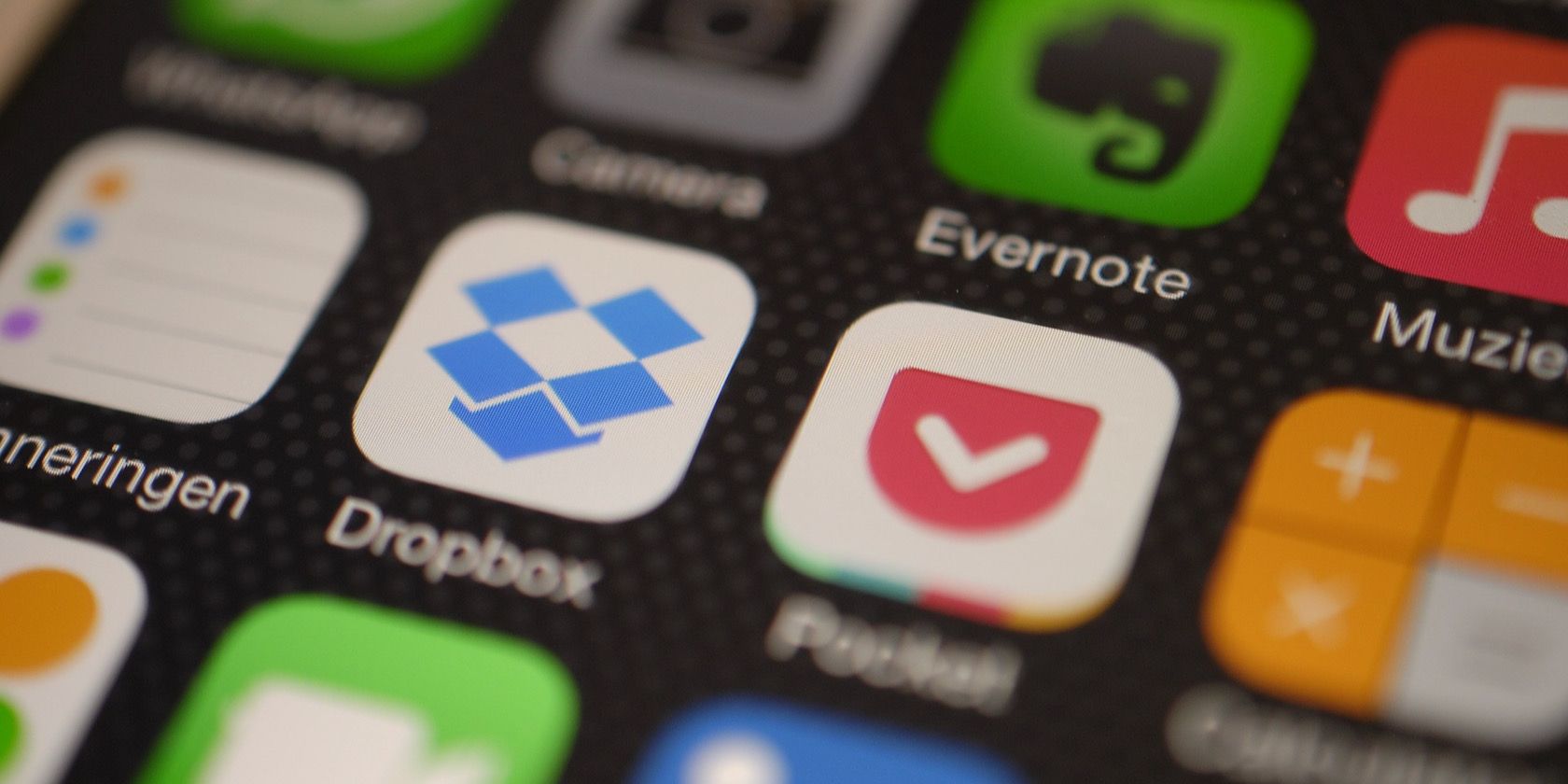
If somebody wanted to start a widespread attack on Apple devices, an app would be the perfect way to do it. To counter this, Apple is very careful about what they allow to be sold on the App Store. Google’s policy for the Play Store is similar but not quite as robust.
Apple is known for taking a lot more time than Google when reviewing what apps are uploaded. They also have much stronger rules in terms of tracking.
As of iOS 14.5, if you want to upload an app to the App Store, it has to be possible to turn off tracking completely.
The Play Store doesn’t have this rule. And as a result, many of the apps found on the platform still have questionable tracking policies.
4. Sandboxing All Apps
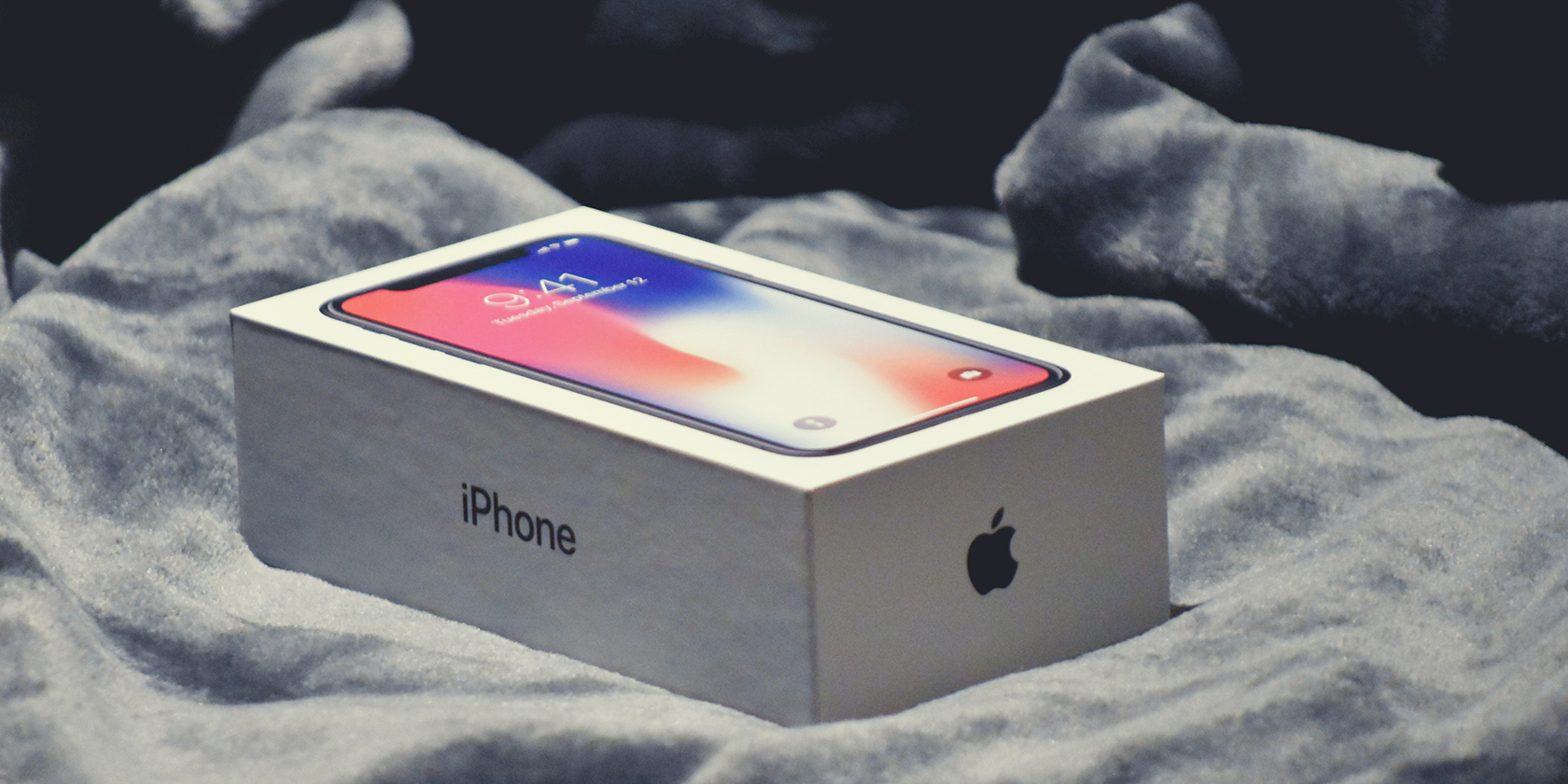
Apple uses Sandboxing. This is a technical way of saying that, when you install an app on your iPhone, it’s isolated from everything else. It can still communicate with other apps, but the ways in which it can do so are strictly limited.
This is in contrast to Android, which doesn’t have this feature.
When you install an app on an Android device, you are personally asked what permissions to grant it. But there’s not much stopping a malicious app from being designed to ignore what you tell it to do.
This isn’t necessarily a design flaw on the part of Android. Its makers wanted it to be more open and they made a deliberate trade off between security and usability.
But when people claim that Apple devices are more secure, this is one of the big differences that they are talking about.
5. Smaller Market Share
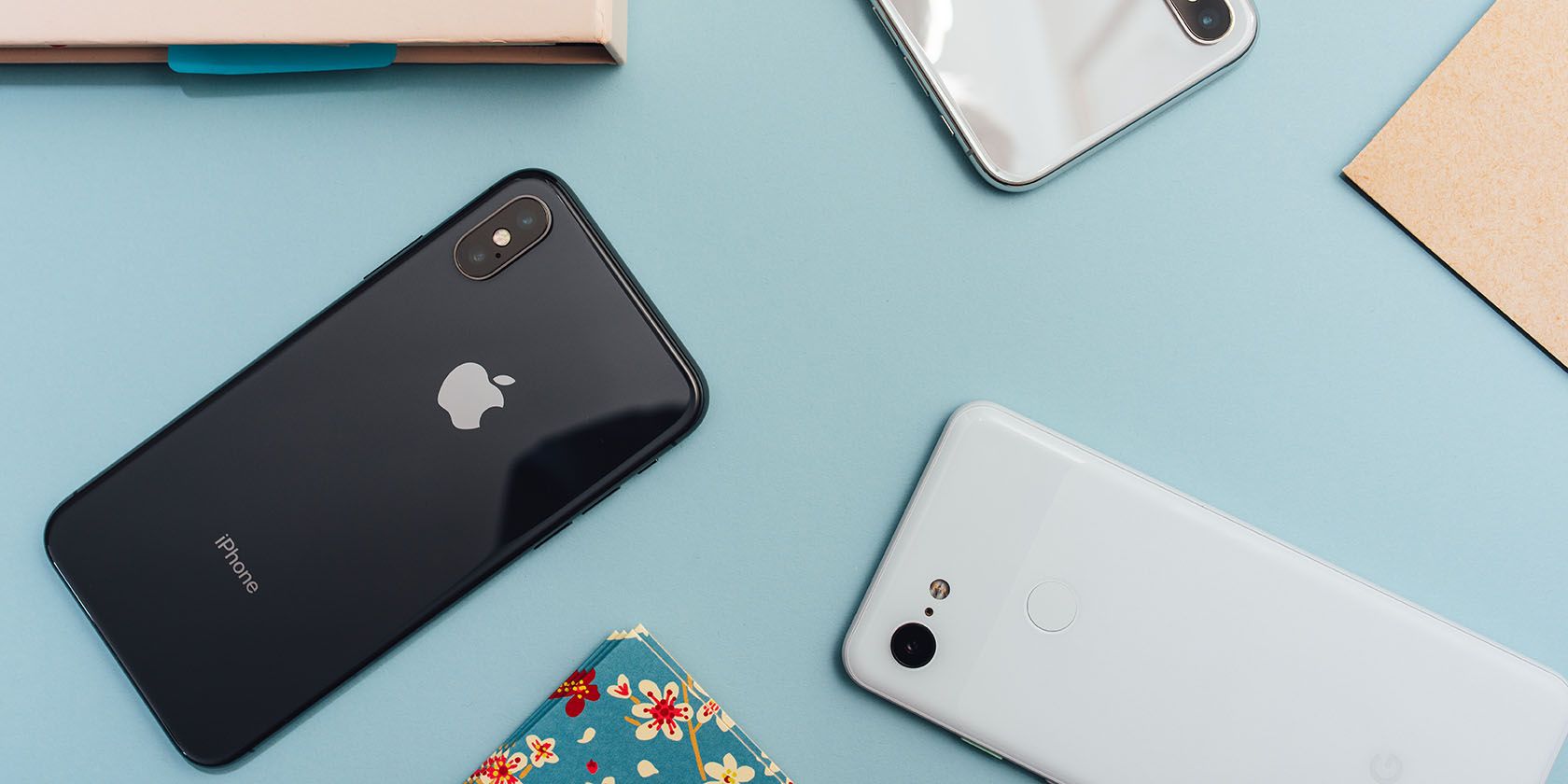
This one probably isn’t intentional. But by keeping the price of Apple products relatively high, Apple inadvertently keep the market share down. And in doing so, Apple also keeps the number of security threats down .
According to one study, only about 26 percent of smartphones run on iOS. And when cybercriminals are deciding who to target, this is a number that they are very much aware of.
Being an Apple user doesn’t make you impervious to cybercrime. But it does mean that the vast majority of active threats aren’t actually compatible with your device.
How to Increase Security on an Apple Device
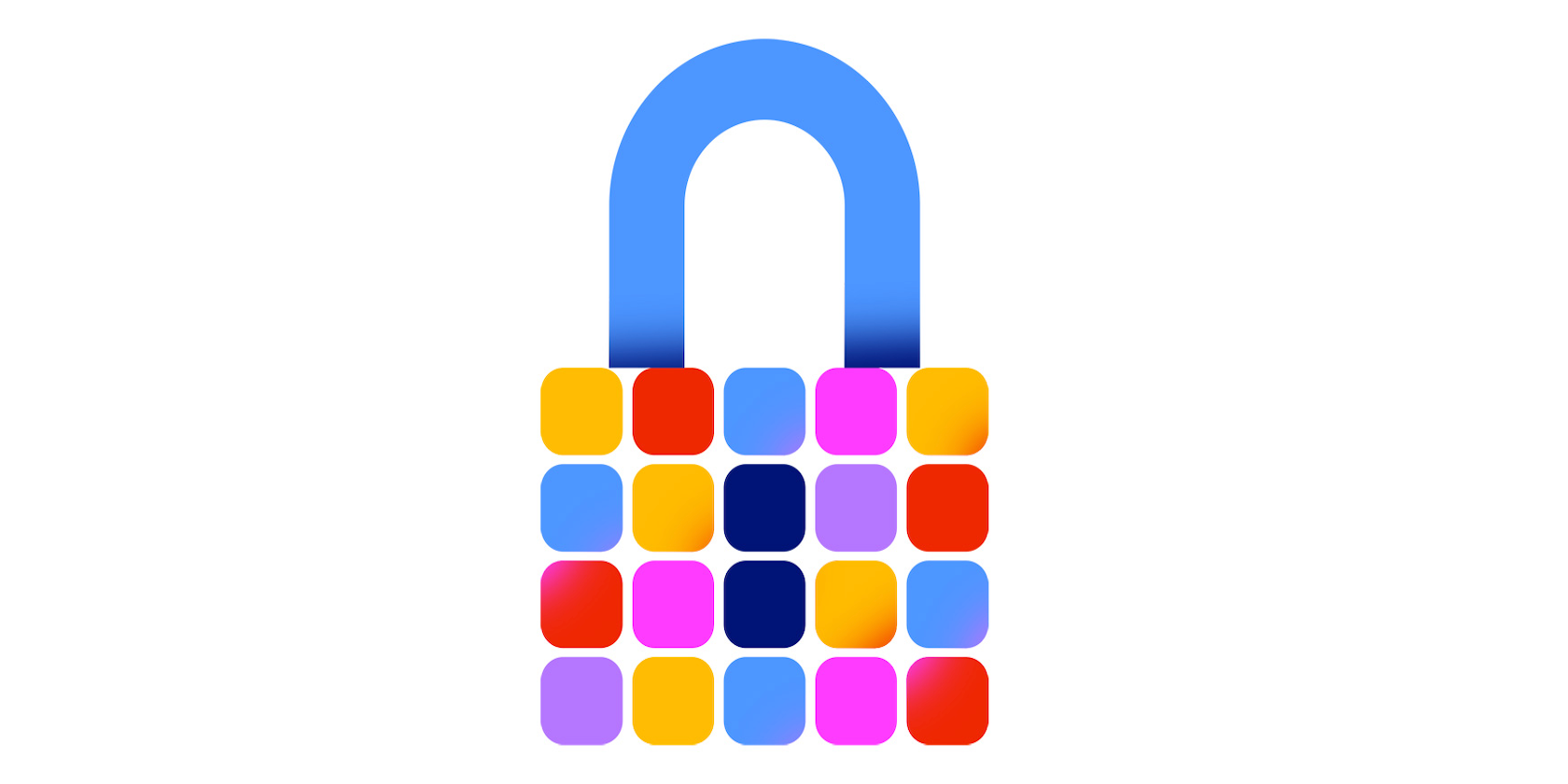
No matter how secure something is, it can always be improved. If you’d like to make your Apple Device even more secure, here are a few tips.
Keep Your Device Updated
Apple provides regular updates but not everybody accepts them. You can check if your iPhone is up to date by going to Settings > General > Software Update.
Turn off Safari Autofill
If you store passwords or payment details in your iCloud account, Safari’s Autofill feature can grab those details for you automatically. The problem is that it can also give those details to anybody who is using your iPhone or iPad.
To turn this feature off, simply visit Settings > Safari > Autofill.
Check Lock Screen Settings
Siri, and some other iPhone functions, are still active when the screen is locked. Depending on what you store on your device, you may want to turn some of these features off.
To do this, visit Settings > Face ID & Passcode, and go through each option in the Allow Access When Locked section.
Use Face ID
Apples facial recognition software can prevent unauthorized access to both your device and it’s most important accounts.
If you're concerned about using it, don't be: it is safe. Even so, you can make Face ID even more secure.
Use the Find My App
The Find My app is designed to protect your device if you ever manage to lose it. The latest version can even keep track of non Apple devices.
Don’t Rely on Apple Completely
If you care about security and privacy, the benefit of being an Apple user is undeniable. The devices themselves are more secure and their market share means that most cyberattacks don’t target them anyway.
Despite this fact, it’s important not to get complacent. Most malware is targeted squarely at Android users but there’s plenty of it to go around. If you don’t want to fall victim to such threats, it’s important to secure your Apple device today.
0 Comments